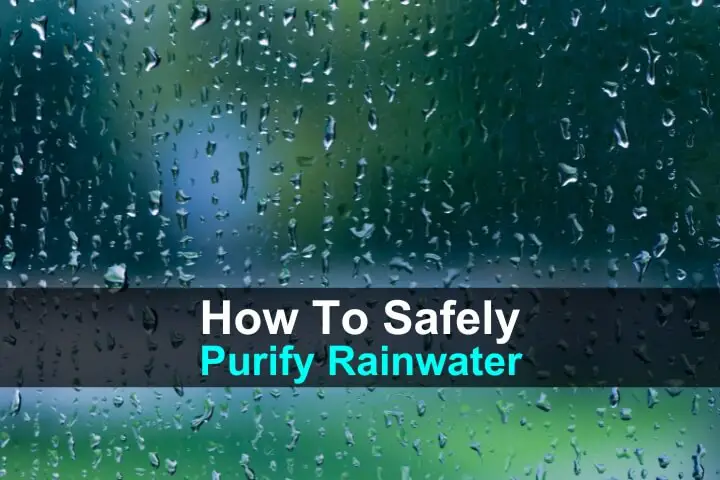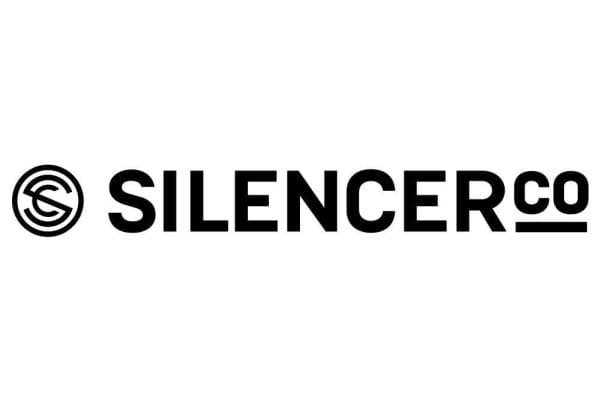Estimated reading time: 6 minutes

If you’re thinking about harvesting rainwater in case of disaster, or if you’re just trying to reduce your water consumption and save money, there are a few things you should kn ow.
Rainwater is often thought of as a pure and natural source of water, but this isn’t entirely true. While rainwater might seem safe because it falls from the sky, it isn’t. According to several studies, rainwater is no longer safe to drink. Unfortunately, the atmosphere is filled with all kinds of contaminants, including dangerous chemicals.
There are also catchment contaminants. Sticking a bucket out in the yard and waiting for it to fill is pretty inefficient. Then you have to think about what’s in the bucket. What if a bird flies and poops in it, or what if the wind is blowing and stuff falls into the water?
And then there is the most common method of harvesting rainwater: roofs.
Want to save this post for later? Click Here to Pin It On Pinterest!
Contamination of Rainwater from Rooftops
Roofs are often coated with substances like tar, asphalt, and paints that can leach chemicals into the water. Additionally, roofs accumulate bird droppings, insect debris, tree leaves, branches, and so on.
All of this contributes to bacterial and viral contamination. When rain falls on a roof and slides down your gutter or even directly into your rain barrel, it’s creating a cocktail of potentially harmful water. There’s also the problem with metal rooftops. Lead-based paints or galvanized metals can add lead to the water, which can cause all sorts of health problems.
As the rainwater flows through gutters and downspouts, it continues to absorb more contaminants, namely the organic matter that we just mentioned in the last paragraph. That organic matter is all you need to promote the growth of algae and bacteria in storage tanks.
Atmospheric Contamination: PFAS in Rainwater
Even rainwater that doesn’t come into contact with a roof isn’t necessarily safe. A study by the Environmental Working Group (EWG) revealed the presence of PFAS—a group of synthetic chemicals that stay in the environment and human body.
PFAS are the “forever chemicals” mentioned earlier. They stay in the human body forever because they do not break down easily. Unfortunately, these chemicals have been linked to adverse health effects such as cancer, immune system suppression, and developmental issues in children.
The research revealed alarming levels of PFAS in rainwater, even in remote areas where you would assume there is no pollution in the air. These chemicals enter the atmosphere through industrial emissions, use of firefighting foams, and consumer products.
Once airborne, PFAS can travel long distances before being deposited back to Earth via rain and snow. Even if you live on top of a pristine mountain or way out in the boonies, rainwater can still contain harmful levels of these chemicals.
Methods to Purify Rainwater
Given the contaminants that can taint rainwater, purification is essential before it can be used for drinking. Several methods can remove impurities, including forever chemicals, from rainwater. If rainwater is your only option for consumption, there are ways to make it safe to drink.
1. Activated Carbon Filtration
Carbon filters are very effective at removing organic contaminants, chlorine, and some PFAS compounds from water. These filters work by adsorbing chemicals onto the surface of the carbon material as water passes through. The carbon acts like sicky fingers and grabs the nasty stuff from the water.
Pros:
- Effective at removing a wide range of organic chemicals and improving water taste.
- Readily available and affordable.
- Easy to install and maintain.
Cons:
- Limited lifespan; filters must be replaced regularly. The more water you run through them, the quicker you’ll need to replace the filter.
- Not effective against all types of PFAS or heavy metals.
- Requires pre-filtration if the water contains a lot of sediment.
2. Reverse Osmosis (RO)
Reverse osmosis filters work by forcing water through a semi-permeable membrane, leaving contaminants like heavy metals, PFAS, and microorganisms behind.
Pros:
- Removes a wide range of contaminants, including most PFAS.
- Produces very high-quality, purified water.
Cons:
- Expensive to install and operate.
- Generates wastewater, which can be an environmental concern.
- Requires regular maintenance and replacement of membranes. Again, the more water you filter, the more frequently you’ll have to replace membranes.
3. Ion Exchange Resins
Ion exchange resins can be used to target specific contaminants like PFAS and heavy metals. These systems work by exchanging harmful ions in the water with safe ones. The resins look like tiny beads or sand. This method is often used in water softeners.
Pros:
- Effective at removing specific contaminants.
- Can be combined with other purification systems for enhanced effectiveness.
Cons:
- Not a standalone solution for comprehensive purification. You’ll have to boil and filter the water.
- Resins need to be replaced often if the water is particularly ‘dirty’ and you’re filtering a lot.
- May not remove biological contaminants.
4. Distillation
A water distiller involves boiling water and condensing the steam back into liquid, leaving most contaminants behind.
Pros:
- Effective at removing most contaminants, including PFAS, heavy metals, and microorganisms aka bacteria and fungi that can make a person sick.
- Produces highly purified water.
Cons:
- Energy-intensive and slow process. It will take hours to get a small amount of water.
- Requires specialized equipment.
- Can remove beneficial minerals, resulting in flat-tasting water.
5. UV Sterilization
Ultraviolet light systems disinfect water by killing bacteria, viruses, and other pathogens.
Pros:
- Effective at eliminating biological contaminants.
- Environmentally friendly; no chemicals are added.
Cons:
- Ineffective against chemical contaminants like PFAS or heavy metals.
- Requires pre-filtration for cloudy water.
- Most systems are dependent on electricity. However, there are some battery-powered sticks you can use for a jug or water bottle.
6. Combined Systems
Using a combination of purification methods is generally your best bet. For example, a system might include sediment filtration, activated carbon, reverse osmosis, and UV sterilization. This is typically how must water filtration systems work.
Pros:
- Removes a wide range of contaminants.
- Can set up for your specific water quality issues.
Cons:
- High initial cost and maintenance requirements. Instead of buying a single system or filter, you’ll need to buy several and have extra on hand. Buying in bulk can help make this a little more cost-effective.
- Can be a little more difficult to install and will require more space.
Choosing the Right Purification Method
The best method for purifying rainwater depends on what you plan on using the rainwater for and the level of contamination. For basic household use, activated carbon filtration and UV sterilization might be enough. However, for drinking water in areas where PFAS contamination is a concern, reverse osmosis or distillation may be necessary.
Always test the water to ensure your purification system is functioning effectively. You can buy a test kit or send it out to have a lab give you a full rundown. Usually, this test is under a hundred bucks. Once you know what tends to be in your rainwater, you can tailor your system to filter out those contaminants.
However, if you are thinking about rainwater for survival after an apocalyptic event, the air might be extremely tainted with chemicals. It’s best to plan for serious filtration and purification.
Like this post? Don’t Forget to Pin It On Pinterest!
You May Also Like:
Read the full article here




